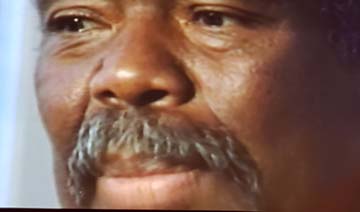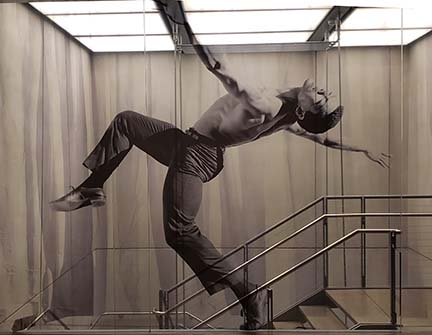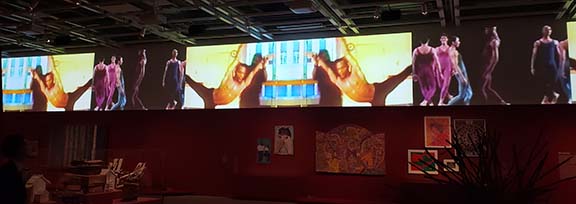By Lucy Komisar
“Edges of Ailey” at the Whitney Museum of American Art is a fascinating juxtaposition of videos of the great choreographer’s dances with art works that inspired him. Alvin Ailey was born in 1931 in Rogers, Texas, and died in 1989 in New York.
The exhibit’s paintings and sculptures are about what he called “blood memories,” the ideas that animated him, going back, he says, to the blues, spirituals, gospels, and work songs in Depression era Texas. Some of the themes and artists are mentioned in his notebooks. And the themes flow through his masterpiece, “Revelations.”
Works by more than eighty artists are a brilliant retrospective of black art, about black life and racism through decades, both in the rural South and northern cities, that speak to his inspirations and concerns.
A montage of Ailey’s life and dances plays on a loop across an 18-channel video installation. There are live performances visitors can book.
Here are artworks through the decades I particularly liked.
Harlem and the South, 1930s and 40s.
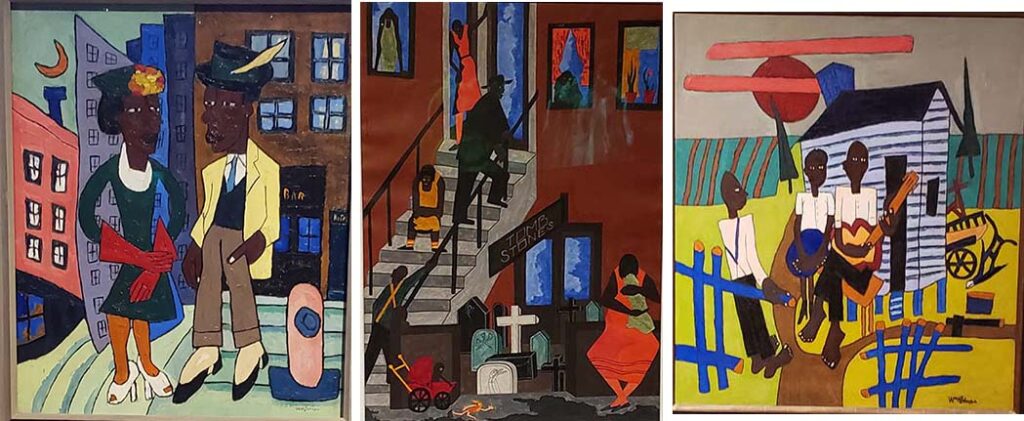
Politics, dance and folklore, the 70s. Faith Ringgold’s text at the top of the map says: “The United States of Attica, Founded by the American people on Sept 13, 1971 at Attica Prison N.Y. where 42 men gave their lives in an heroic struggle for freedom.”
About Romare Bearden, Ailey wrote: “There’s so much music in Romie’s work. There’s so much, blues, spirituals, there’s so much gospel. There’s so much Mobile, Alabama, so much New Orleans, so much Mahalia Jackson.”

The land of fantasy, land of hope, 80s and 90s. Benny Andrews’ painting of a figure with the grace and carriage of a dancer was made after Ailey’s death.
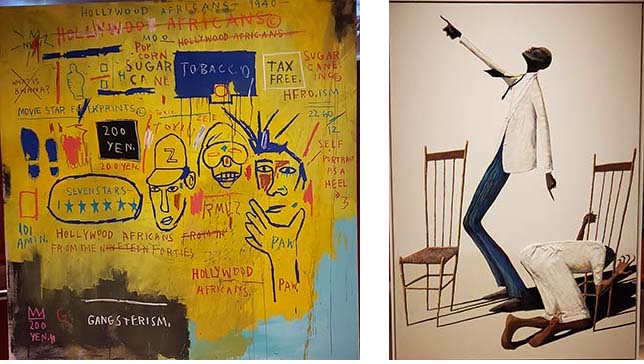
“Edges of Ailey.” Whitney Museum of American Art, 99 Gansevoort Street (near West Street at the Hudson River), New York. (212) 570-3600. Tkts. Opened Sept 25, 2024, closes Feb 9, 2025.
Exhibit photos by Lucy Komisar.


